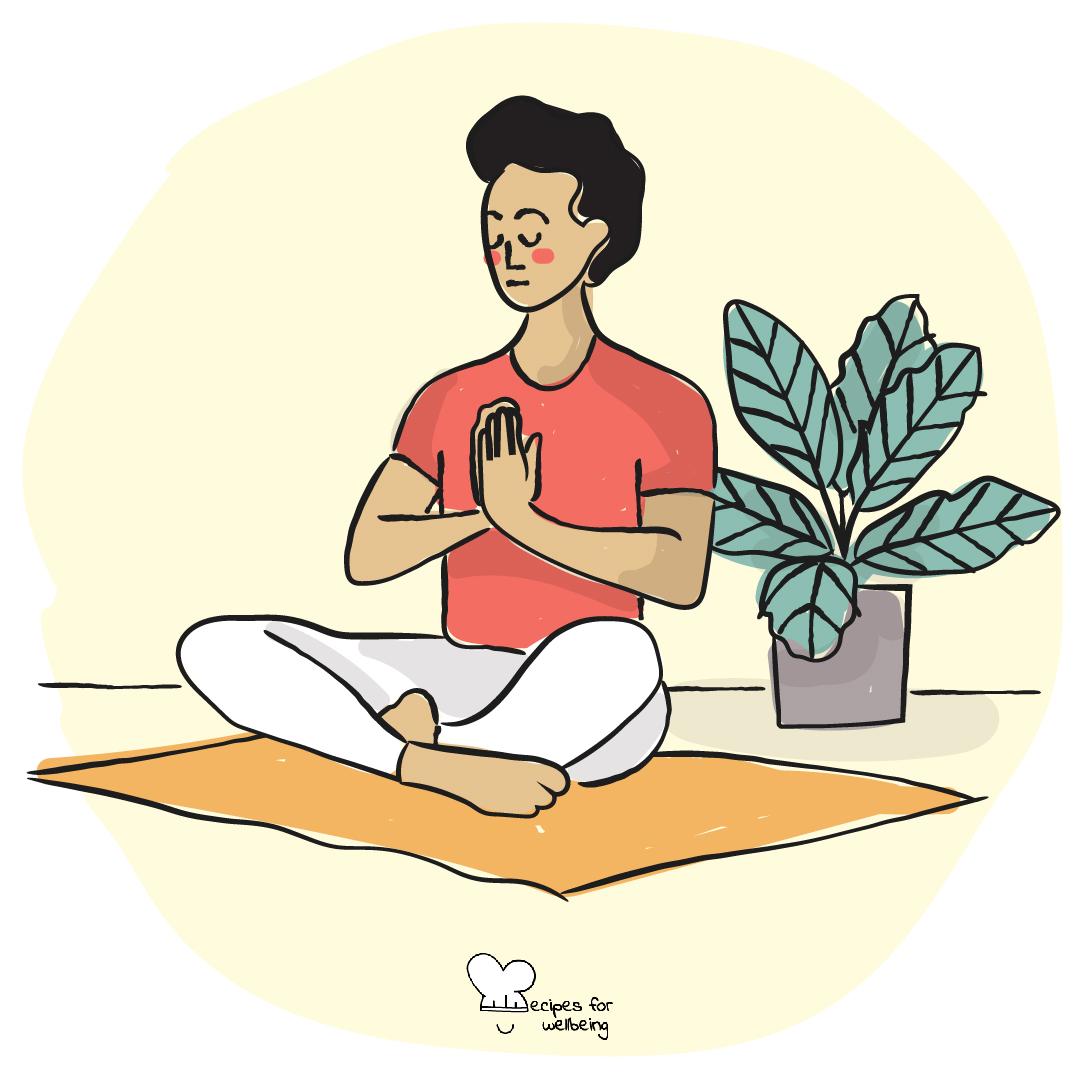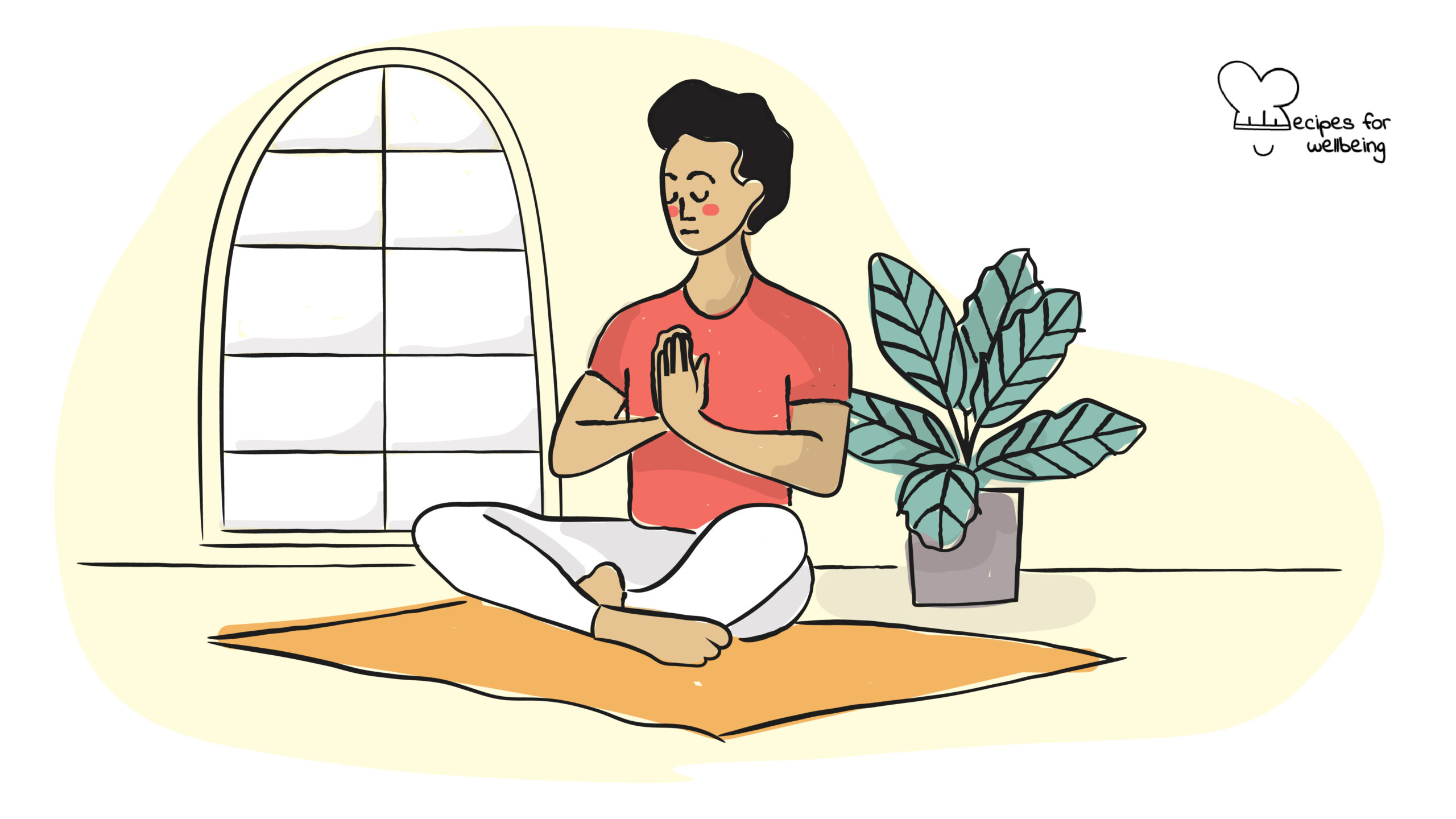
Dealing with others’ suffering
You take it all in. You let the pain of the world touch your heart and you turn it into compassion. ―16th Gyalwa Karmapa
 Serves: 1 person
Serves: 1 person
 Difficulty: Hard
Difficulty: Hard
 Total time: 11-30 minutes
Total time: 11-30 minutes
 Ingredients: A quiet place with no distractions, “When Things Fall Apart – Heart Advice for Difficult Times” book by Pema Chödron (if you’re curious to find out more about it!)
Ingredients: A quiet place with no distractions, “When Things Fall Apart – Heart Advice for Difficult Times” book by Pema Chödron (if you’re curious to find out more about it!)
 Wholebeing Domains: Awareness, Discomfortability
Wholebeing Domains: Awareness, Discomfortability
 Wholebeing Skills: Boundary setting, Breathing, Compassion, Giving, Hosting yourself, Non-attachment, Openness, Refuge, Relief, Self-regulation
Wholebeing Skills: Boundary setting, Breathing, Compassion, Giving, Hosting yourself, Non-attachment, Openness, Refuge, Relief, Self-regulation

Dealing with others’ suffering
 Description
Description
A tonglen practice to cultivate compassion.
Contrary to what you might think, shielding yourself from discomfort and pain causes you to suffer. In fact, separation becomes like a prison that limits your ability to care for others outside your inner circle of compassion. The practice of tonglen – sending and receiving – allows you “to be present and helpful to others when they are suffering, facing adversity, or confronting illness” (The Book of Joy). As Pema Chödrön points out, “it is a practice of taking in pain and sending out pleasure”. It has numerous benefits: (1) It reduces your own suffering because it frees you from your focusing only on your self-concern; (2) It allows you to become an oasis of peace and healing; (3) It enables you to feel less burdened whilst at the same time loving without conditions.
The following practice has been adapted from When Things Fall Apart – Heart Advice for Difficult Times by Pema Chödrön. In this book, American Buddhist nun Pema Chödrön offers advice on how to live our lives when everything seems to fall apart – when we are continually overcome by fear, anxiety, and pain. The answer is not to avoid these uncomfortable situations, but rather to move toward painful situations and become intimate with them so as to open our hearts fully. The book provides life-changing tools for transforming suffering and negative patterns into boundless joy.
•••
This recipe has been featured in our blog post “Transforming pain into compassion” published on tbd* on 12 August 2020.
 Steps
Steps
Step 1 – Rest your mind
First, rest your mind briefly with several long breaths through your nose that help you reach a state of openness and stillness. You want to open to basic spaciousness and clarity.
Step 2 – Work with texture
Second, work with texture. Breathe in a feeling of hot, dark, and heavy – a sense of claustrophobia – and breathe out a sense of cool, bright, and light – a sense of freshness. Breathe in completely, through all the pores of your body, and breathe out, radiate out, completely, through all the pores of your body. Do this until it feels synchronised with your in- and out-breaths.
Step 3 – Send and receive
Third, think of someone who is suffering. You can choose a loved one, a friend, or even a whole group of people, such as refugees. However, if you are stuck, you can work with a personal situation – any painful situation that’s real for you. In this case, you can do the practice for the pain you are feeling and simultaneously for all those just like you who feel that kind of suffering.
Reflect on the fact that, just like, you, they wish to overcome suffering and to be joyful. Try to feel a sense of concern for their wellbeing. Feel deep within your heart and desire for them to be free of suffering.
As you inhale, imagine the pain being drawn from their body and dissolving when it encounters the warmth and bright light of your compassionate heart. As you exhale, imagine that you are sending them rays of light filled with your love and compassion, your courage and your confidence, your strength and your joy.
Step 4 – Expand bigger
Finally, make the taking in and sending out bigger. If you are doing tonglen for someone you love, extend it to those who are in the same situation as your friend. If you are doing tonglen for someone you see on television or on the street, do it for all the others in the same boat. Make it bigger than just that one person. If you are doing tonglen for all those who are feeling the anger or fear or whatever that you are trapped in, maybe that’s big enough. But you could go further in all these cases. You could do tonglen for people you consider to be your enemies – those who hurt you or hurt others. Do tonglen for them, thinking of them as having the same confusion and stuckness as your friend or yourself. Breathe in their pain and send them relief.


 Arabic
Arabic Chinese (Simplified)
Chinese (Simplified) Dutch
Dutch English
English French
French German
German Italian
Italian Portuguese
Portuguese Russian
Russian Spanish
Spanish